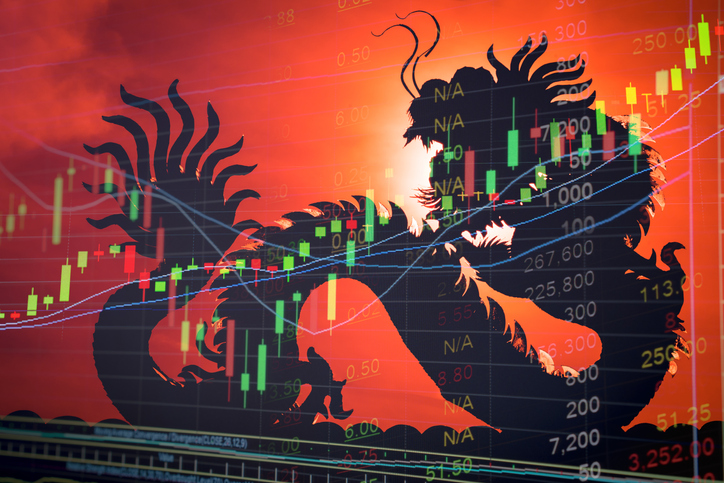
When appointing a wealth manager to provide advice on an investment portfolio, clients are often faced with the choice of selecting between an advisory and discretionary investment approach. We set out the key differences and highlight the potential benefits of model portfolios and our FAS Concepts investment approach, as opposed to traditional discretionary managed portfolios offered by fund houses and banks.
Advisory vs discretionary – what is the difference?
If a client selects advisory management, this is where the investment adviser makes recommendations based on the client’s individual circumstances needs and objectives, and attitude to investment risk. Should any changes to the portfolio be appropriate – for example to switch out of an underperforming investment or change asset allocation – then the express permission of the client is required before the adviser firm can make the changes.
By choosing discretionary management, the first part of the advice process remains the same. A portfolio of investments is established based on the client’s circumstances, attitude to risk and objectives. The main difference is by also establishing a risk profile, the advice firm can make changes to the portfolio within the defined boundaries of the risk profile without consulting the client first to gain their express approval.
Each of these options has advantages and drawbacks. Advisory portfolio management does allow a greater level of client engagement, as clients can get the opportunity of reviewing each suggested change recommended by their adviser. This does afford the client an element of control, although in practice, the majority of advisory clients tend to follow the advice given and accept the recommended changes. The downside of this approach is that it can be laborious and slow, which may not be best practice in today’s fast-moving investment markets.
The Discretionary route has the advantage of offering the potential for investment decisions to be placed in a timely manner, free from the delays introduced by the necessary client contact under Advisory management. That said, by handing over control under discretion, investors cannot dictate precise terms of the strategy adopted, or have an input prior to decisions being taken.
FAS Concepts
At FAS, we offer both advisory and discretionary portfolio options to our clients. We have historically acted for clients on an advisory basis but introduced our own discretionary managed portfolio service, FAS Concepts, to provide the full range of services to our clients.
When we devised our FAS Concepts investment approach, we were very keen to differentiate our discretionary service from the services offered by large fund houses, banks and other institutions that offer discretionary management. We have undertaken countless reviews of discretionary portfolios managed by some of the UK’s largest institutions and found a number of areas where we feel our FAS Concepts approach offers a significant advantage.
The first of these advantages is cost. We tend to find discretionary portfolios to be expensive when you factor in the cost of management, and the cost of the underlying investments themselves. These charges have a cumulative effect over time and dampen returns.
Secondly, many discretionary fund managers build portfolios that feature very similar investment approaches, and indeed similar stocks and funds, to each other. In our many years of experience, we have noticed a trend when reviewing discretionary portfolios that performance across different managers closely correlate with each other and appear to be more focused on relative index performance than achieving strong absolute returns.
Thirdly, traditional discretionary management is often concentrated on UK investments, with heavy exposure to UK directly held Equities and Gilts. We have long been advocates of global investing, and we feel that the current economic and market conditions will continue to favour this approach.
FAS Concepts for individuals and trustees
The FAS Concepts service is a model portfolio service that provides a range of discretionary managed portfolios designed to fit common client needs and objectives. Each portfolio has a stated objective, either providing capital growth or a mix of growth and natural income, and a risk level based on asset allocation.
Our in-house investment committee meets at least four times a year, and following the decisions taken by the committee, changes are made to each model portfolio, either replacing funds where appropriate or rebalancing positions to keep the portfolio within closely defined risk parameters. As all portfolios aligned to a model are changed at the same time, this provides consistency of performance.
In addition to providing a cost effective and responsive discretionary approach to individuals, our FAS Concepts service is an ideal solution for trust investments. Through our regular review of the investment portfolios, and automatic changes based on market conditions and investment performance, this can help ensure trustees meet their obligations under the Trustee Act to keep the trust investment portfolio under review.
Our professional trustee clients have told us that using the discretionary approach alleviates the need for busy professionals to be dealing with recommendations and documents that require a signature under an advisory portfolio service.
Finally, we can assist trustees in meeting their reporting duties through our detailed investment reports, which include relevant industry benchmark performance for comparison purposes.
We are proud of how cost competitive the FAS Concepts service is when compared to traditional discretionary fund management. By working closely with platforms, partners and individual fund houses, and using a blend of actively managed and passive funds, we aim to ensure that the FAS Concepts service is keenly priced.
If you would like more information regarding our FAS Concepts service, please do get in touch with us here.
This content is for information purposes only. It does not constitute investment advice or financial advice.













